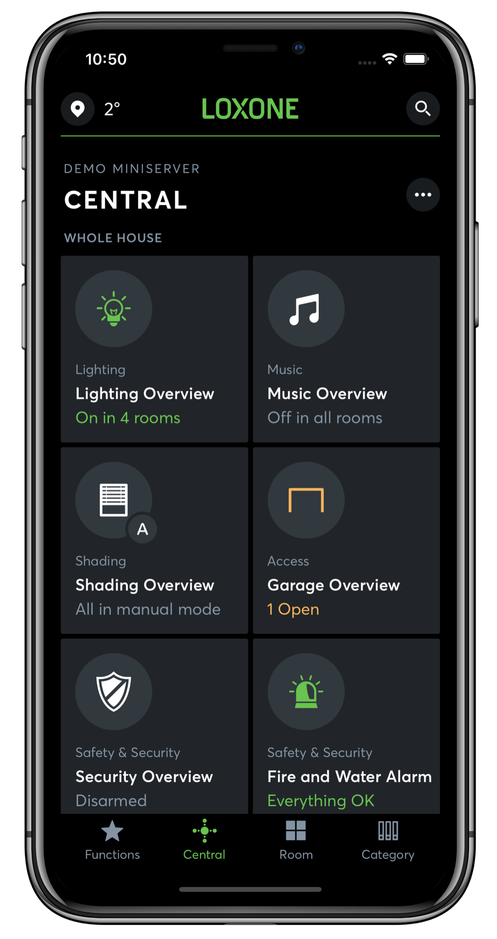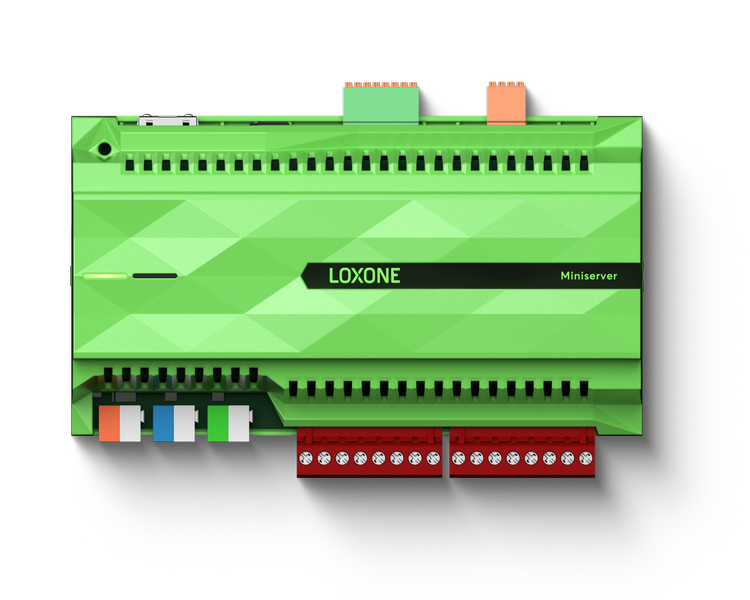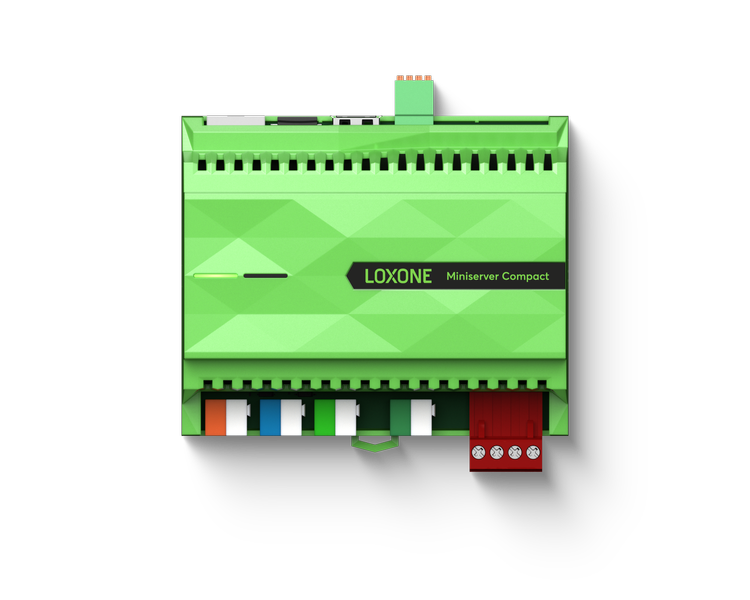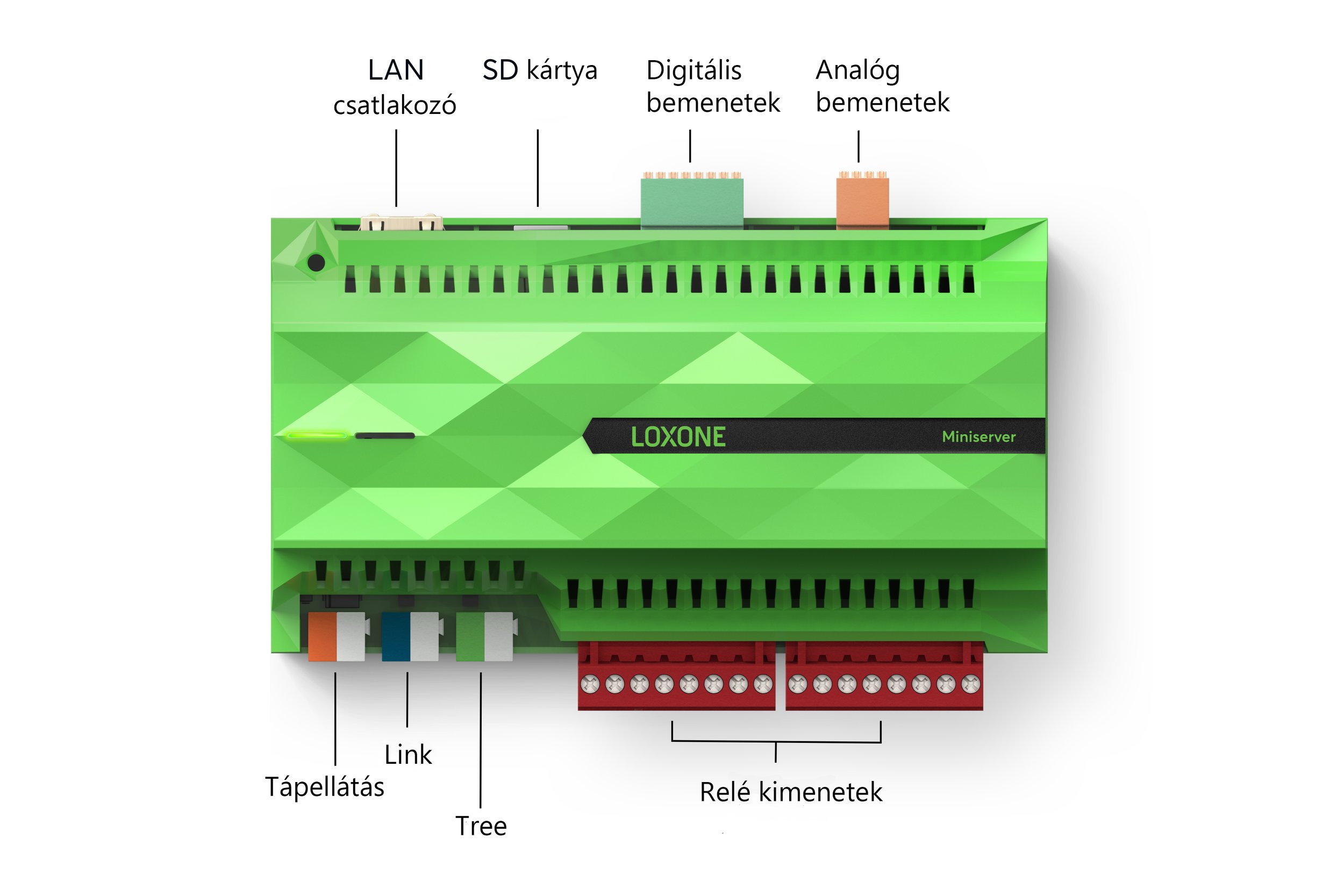Everything You Need to Know About Loxone Miniserver
The Miniserver acts as the central controller in a Loxone Smart Home system, allowing all the devices to talk to one another and become fully automated.
In a smart home, building, or other specialized application, the systems for lighting, heating and air conditioning, audio, shading, and other uses are intelligently controlled to maximize convenience, safety, and efficiency.
But before we dive into what a Loxone Miniserver is, we should cover the basics of a Loxone system.
How Does a Loxone System Work?
Loxone improves your home’s comfort and decreases energy consumption by automatically handling thousands of tasks. Loxone’s home automation allows your home’s various systems, such as its lighting, heating, blinds, audio, security, and more, to work in tandem and perfect harmony with one another.
Loxone’s proprietary software makes it possible to tailor the controls to meet the needs of each user. With the Loxone App, you can access all of the system’s essential features with a single tap.
Some of the things that a Loxone system can detect are presence, brightness, temperature, and air quality. The Miniserver can then use this data to optimize the environment for your comfort while minimizing energy consumption.

What is Loxone Miniserver?
The Loxone Miniserver is the system’s brain for home and building automation. Every action starts from here and every data from the sensors comes back here.
To provide greater scalability and flexibility to their customers, Loxone offers three Miniservers: the Miniserver, the Miniserver Compact, and the Miniserver Go.

Miniserver

Miniserver Compact

Miniserver Go
The Miniserver is suitable for institutional, domestic, and commercial use. The Loxone Config (to program the Miniserver) and the Loxone App (to control it), both available for free online and in regular updates, are also included.
The Loxone Miniserver stands out from the crowd because it can run your automation system without internet access. This makes it perfect for off-grid structures or regions with spotty connectivity.
How to Connect The Loxone Miniserver?
1. Top Connectors
LAN Connector: This adapter is essential for communicating with or programming your Miniserver. Once everything is set up, and you won’t be using the app or remote access, you can unplug the Miniserver from your network while still controlling the automation system with the wall switches.
SD Card Slot: Your Miniserver’s sd card contains all the information and operating system locks necessary for the proper function of your Miniserver and the app.
Digital Inputs With Green Push-in Connectors: These inputs read the devices’ on/off signals. For instance, the signal a motion sensor sends whenever a person enters its field of view. You can instruct the Miniserver through Loxone Config to perform an action such as turning on lights once it receives that signal.
Analog Inputs With Orange Push-in Connectors: These inputs can read voltage levels between 0 and 10 volts. They are used for reading devices such as the Outdoor temp and humidity sensor and other external analog sensors.
2. Bottom Connectors
Orange/white for power: The Miniserver requires 24V DC of power, with orange representing positive and white representing negative. Other Loxone add-ons can share power through the pins.
Blue/white for the Loxone link: This enables you to add to the functionality of your automation system by connecting extensions to your Miniserver in a daisy chain.
Green/white for the Loxone Tree communication: The Tree is Loxone’s unique method of communication. Loxone’s Tree Connector is one-of-a-kind because it enables you to wire all tree device types — Loxone switches, Loxone Tree lamps, and presence sensors—in any configuration you can imagine. This approach stands out because no matter how each device is added, it can be uniquely identified and controlled.
Red connectors: 8 red digital outputs on the Miniserver can be used as on/off relays for various devices. These relays are compatible with alternating current (ac) and direct current (dc), giving you a wide range of options.

uPlan for Loxone Automation System Planning
Loxone is here to completely revolutionize the smart home and automation industry with revolutionary yet approachable offerings.
However, designing and planning for such systems can seem overwhelming or daunting, especially when you don’t know where to start. uPlan is an electrical planning application that streamlines the process of making a unique Loxone installation, helping you choose the proper devices and setup for your building.
The software enables you to plan your whole Loxone system with all of the devices required based on your function needs. After placing all of the neccessary items, uPlan will automatically calculate with the Miniserver and creates an error-free pinout for the project. If you wish you can even export your project to Loxone Config. All in just a few seconds
Starting is easy; just sign up for a free project trial and get going immediately.